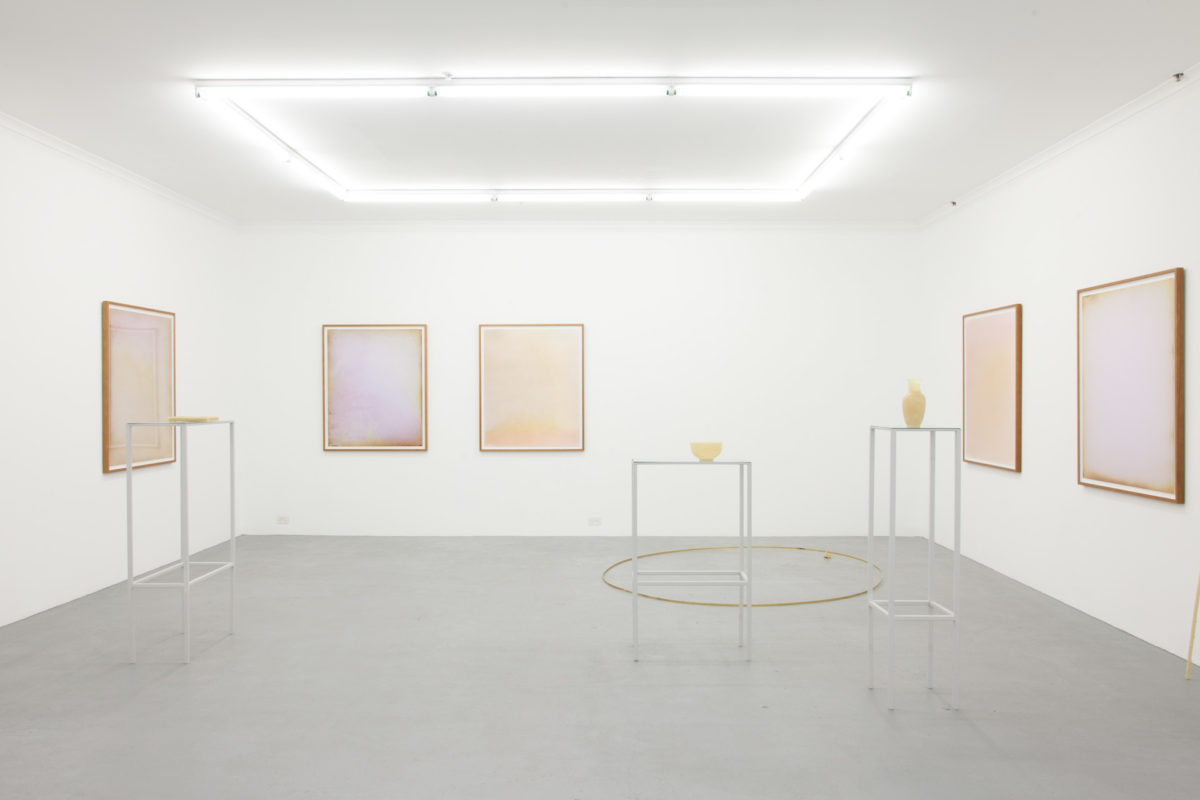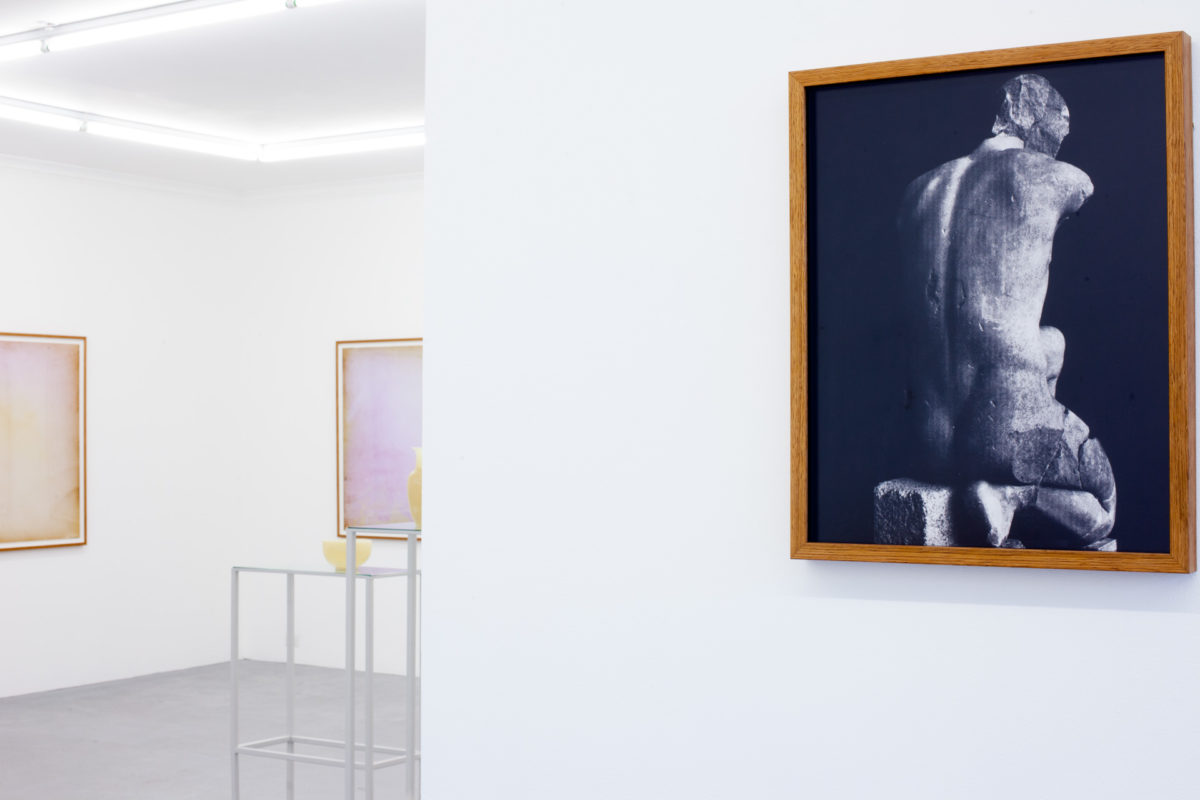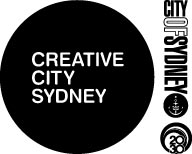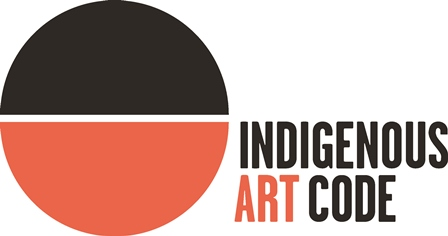In Conversation with Sarah Mosca
In Conversation with Sarah Mosca
 Sarah Mosca, Useless Gestures, Installation view, Galerie Pompom, 2014. Courtesy and © Sarah Mosca, 2014.
Sarah Mosca, Useless Gestures, Installation view, Galerie Pompom, 2014. Courtesy and © Sarah Mosca, 2014.
Photography by Brett East. Sarah Mosca, Useless Gestures, Installation view, Galerie Pompom, 2014. Courtesy and © Sarah Mosca, 2014.
Sarah Mosca, Useless Gestures, Installation view, Galerie Pompom, 2014. Courtesy and © Sarah Mosca, 2014.
Photography by Brett East.
In Conversation with Sarah Mosca
By Suzanne Buljan
I met with Sydney based Photomedia artist Sarah Mosca to talk about her recent solo show Useless Gestures, the walks that created the works and the desire for complete solitude and a place to daydream.
Both mercurial and pragmatic, the walks took place in Italy in early 2013 and were dedicated to the inward journey – a process by which to unravel and meditate. With just one negative exposed per walk this body of work saw a return to making work over time – perhaps as a counter to the rapid-fire delivery of social media imagery. I’ve nicknamed these negatives (exposed on the body), body selfie’s. A panacea perhaps, to the phenomena of their digital counterpart.
Even more intriguing was the knowledge that the negatives were not processed until the artist’s return to Sydney a month later. For Mosca, there is a certain beauty and faith in chance. More broadly, she describes her work as an aesthetic pleasure rather than an examination of society or gender. It provides a pathway to explore notions of beauty and romance and contemplate imperfection and corporeal experience.
The quintessential nature of the photographic medium is explored via a delicate pastel palette and in this series Mosca leads the audience on a journey to re/discover materiality, both digital and analog.
Mosca is a lecturer for the Photography and Situated Media Honours program at UTS (an innovative degree that offers an inclusive approach to photography and media crossovers), and together with Kim Fasher co-founded of the collective SuperKaleidoscope.
A few questions for Sarah:
SB: Wearing one of your many hats you co-founded the collective SuperKaleidoscope with Kim Fasher. What is your favourite show from this collaboration? Does your curatorial practice influence making work?
SM: Research is integral to my art making and curatorial practice. Curating Mononoaware in 2013 at Linden Contemporary Art Centre in Melbourne has been my favorite project so far. Mononoaware stems from the Japanese term for the awareness of impermanence or empathy toward things. The show included artists Todd McMillan, Ken Unsworth, Paul Kos, KK and JLD, Paula Doepfner, Marian Tubbs, Lottie Consalvo.
SB: How has your studio evolved from when your practice started to now?
SM: My computer has become my studio, as research is the hallmark of my practice. I can work anywhere. During my research based residency in Banff in 2014 I was surrounded by space and time in a large studio. Even though the psychological space was important for the meditative process, it was more about having a mental space – solitude and contemplation. The digital revolution and technology have allowed my process to be virtual, originating from analog and then into the studio to print. Collaborating with bespoke printers such as Vasili Vasileidis from Deep House Print Studio, is integral to the success of the work – proofing and reprinting repeatedly until the desired result is achieved.
SB: How has your practice evolved over the last 5 years?
SM: This latest show is my benchmark – I wish I had never made anything else. I was trying to find out what my language was. Balancing curatorial practice and artistic practice. What I am talking to and what I am talking about is finally balanced.
SB: How do you utilise social media to further your practice?
SM: I only use Instagram. It is very much my studio, my record of research and a record of my ideas. No pen and pencil are needed to write things down. My intention is private – yet by default I share with the public. I don’t find sharing to be a problem or the reveal that it used to be – we are all connected through data through the constant act of sharing.
SB: Is location specific to your work?
SM: Location is not important. The act of walking is the element and the landscape is simply noise and unwanted. Historical narratives of these landscapes are informative but it is not what the work is about.
SB: Can you comment on the return to or discovery of analogue techniques and devices by younger artists and photographers?
SM: Its about pace and slow movement; a way to return to form or materiality. In an age of information overload, it’s the act of slowing down and considering light, chance, time and the frame. Many people suddenly have a desire to understand the medium they have decided to practice.
Sarah is represented by Galerie Pom Pom



